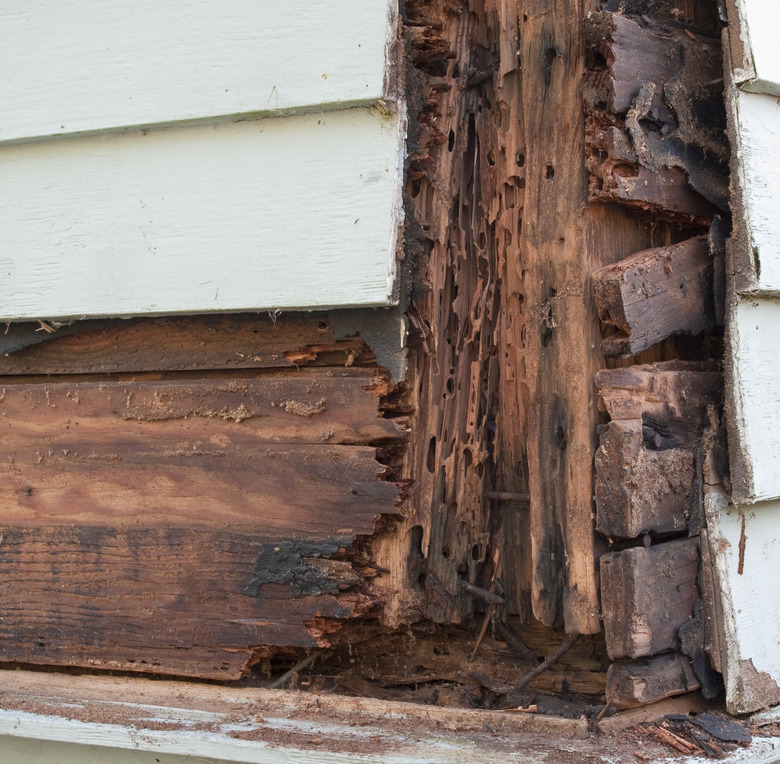Facts About Termites
Termites have been around since time began. They are social insects that feed upon dead plant material, usually wood. They live in colonies that can number in the millions and are found heavily concentrated in the tropics and within fifty degrees of latitude either side of the equator.
Types
Types
There are an estimated 4,000 species of termites, but of these only 10% are the type that can cause problems for people. Termites have a social system, with a king, queen, workers, and soldiers. The four major types of termites living in the United States are the dampwood termite, the drywood termite, the subterranean termite, and the powderpost termite.
Misconceptions
Misconceptions
Termites are often mistaken for ants, and are often called "white ants," but they have distinct differences. Ants forage and in many cases live on the surface, while termites live in nests and avoid the surface. Ant antennae are different from those of the termite, as they are bowed, while the termites are straighter. Ants have eyes, but termites do not, because they live in the dark regions underground and in wood. A termite has a much thicker waist area than an ant does.
Effects
Effects
Termites can cause great damage to wooden structures, often going undetected until little if anything can be done about them. They will eat paper, clothes, and carpeting once they have gained access to a home, destroying as much as they can eat. In parts of Asia and Africa termites are major crop pests.
Benefits
Benefits
These insects are not without merit. They are responsible for providing food for many types of predators, such as birds and lizards. They carve out timber, which aids other animals in finding shelter. Their termite mounds become a haven in flooded rainy areas and are used for homes by other animals when they are abandoned. They dig in the soil and make rainwater soak in more easily, halting erosion. They also eat the woody debris on the ground, making the spread of fires much more difficult. In parts of the world, people eat termites. They are caught as they swarm around lights and then roasted or fried after their wings have been removed.
Prevention/Solution
Prevention/Solution
Termites do well in a moist environment, so it is of the utmost importance to fix leaky pipes and faucets and divert rainwater away from your home. Wood should not be in direct contact with the soil, as this gives a termite easy access to it. Keep firewood, mulch, scrap pieces of wood and the like away from your home. Keep shrubs and trees away from your home's foundation. Fix cracks and holes in the foundation that will allow a termite in. Get professional help if you suspect that you may be having a termite problem.
Cite This Article
MLA
Lindell, John. "Facts About Termites" sciencing.com, https://www.sciencing.com/facts-about-termites-4575993/. 22 November 2019.
APA
Lindell, John. (2019, November 22). Facts About Termites. sciencing.com. Retrieved from https://www.sciencing.com/facts-about-termites-4575993/
Chicago
Lindell, John. Facts About Termites last modified March 24, 2022. https://www.sciencing.com/facts-about-termites-4575993/
